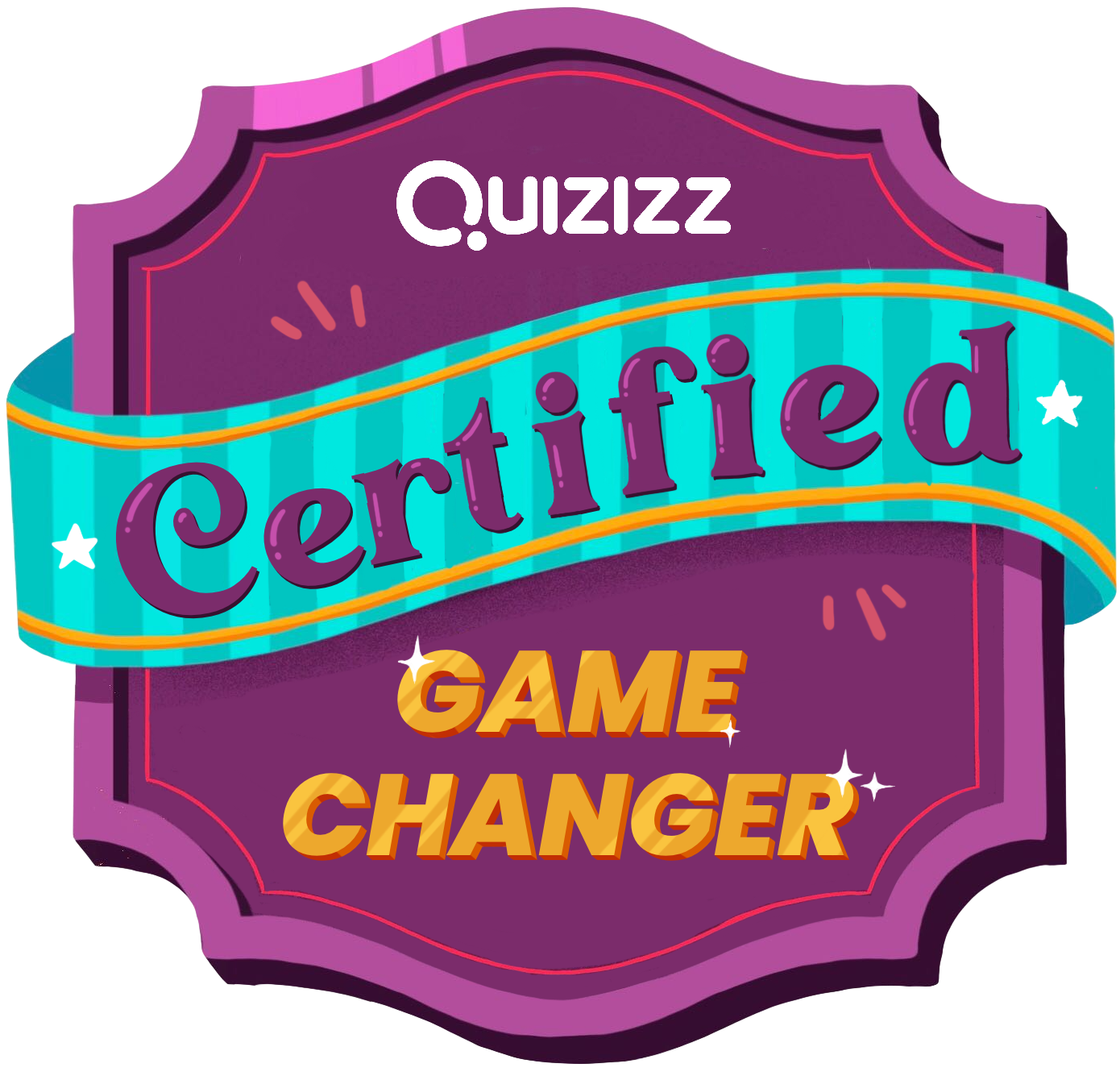Common Core State Standards-English Language Arts (CCSS-ELA) Shift 1: Regular practice with complex text and its academic language.
In the last post I shared some of the research from a 2006 ACT study that found text complexity determines whether our students will be successful beyond high school or struggle. Students who did well with complex texts on average scored higher in college courses than students who didn’t do well with complex texts, according to the study. And if we start to think that not all of our students will be attending college or university, we need to remember that career-related texts can be just us complex, if not more complex, than college texts.
Here’s a section from a refrigerant comparison: “One of the differences between R-134a and R-12 is the boiling points. Pure R-12 will boil at -22 degrees Fahrenheit while R-134a boils at -16 degrees Fahrenheit. If we hooked up a gauge to a bottle of R-12 refrigerant which contains liquid, we would have about 117 PSI at 100 degrees F. The pressure of reading of R-134a at that same temperature would be about 124 PSI. For this simple fact, R134a gauge readings will be a little different as compared to R12. While the overall temperature curve is different and the critical temperature is lower, during most operating conditions, you’ll find R-134a is a fairly close match to R12. R-134a is slightly less efficient and condensers will usually have to be upgraded to match the cooling performance of R12.”
Implications for Instruction
What does that mean for us, the classroom teachers? Our students will increase their reading proficiency by reading high quality, complex text. In the training I attended, they told us that CCSS-aligned questions cannot be asked of passages lacking complexity and fully developed ideas.
So let’s start by looking at the CCSS Anchor Standard 10: Read and comprehend complex literary and informational texts independently and proficiently. In order to support our students in achieving anchor 10, and being successful with complex texts, the first thing we have to do is to learn how to find text that is high quality and therefore WORTHY of close reading.
Here are ten key features of complex text that they shared with us at the training:
- Dense information
- Lack of words, sentences or paragraphs that review or pull things together for the student
- Lengthy paragraphs
- Complex sentences
- Text structure that is less narrative and/or mixes structures
- Subtle and/or frequent transitions
- Multiple and/or subtle themes and purposes
- Uncommon vocabulary
- Unfamiliar settings, topics or events
- Lack of repetition, overlap, or similarity in words and sentences
We were told to distinguish between complexity and difficulty. Complexity should be in the text, while difficulty lies within each child’s ability to get information from the complex text.
There are three ways, or three factors, to look at when choosing complex text:
- Quantitative Scales
- Qualitative Measures
- Professional Judgement
Quantitative Scales
These are measured using a computer. Some familiar quantitative scales are:
- The Atos Leveler
- The Degrees of Reading Power (DRP)
- The Flesch-Kincaid Readability Score
- The Lexile Framework
- The Reading Maturity Metric
Start here to choose a proper text for your grade band.
Qualitative Measures
These are, “text features best judged by human evaluation (structure, language and knowledge demands, and purpose).” This is where the teacher goes through the text prior to using it with students to determine the complexity that is just right for his or her students’ grade level or grade band.
Through these measures the teacher will place the text at the top, middle, or bottom of the grade band.
Professional Judgement
This is what we as teachers do to with the text to help our students read and understand it. You got the perfect text, with the right amount of complexity for your grade level or grade band, so how do you make it available to all your students? Remember, just because a student reads at a lower level doesn’t mean she thinks at a lower level.
This is where scaffolding comes into play. Students need support to help them to read at a “grade-appropriate level of complexity.” The CCSS expects teachers to scaffold but doesn’t tell us how to scaffold. That’s up to us. Remember though, scaffolds are not meant to be permanent; once the building goes up, the scaffold comes down. As teachers we must remember to take the scaffolds down as our students become more proficient.
Some forms of support are:
- Extra time (for them and you)
- Read aloud by a proficient reader
- Multiple readings
- Chunking the text
- Annotation
- Fluency work
Choosing text that has the right complexity for your grade level takes work. Providing the right amount of supports for all your students via differentiated instruction takes work. Designing the right types of questions to engage kids in the text also takes work. This isn’t easy but it’s necessary. We did some activities with different texts to determine if they were complex or not. The big idea we were supposed to take away was, “This is NOT about determining what are kids are capable of. It’s about determining what support they need to succeed with complex text.”
We were challenged to provide our students with challenging, complex text to better prepare them for their futures instead of simplifying things for them by selecting easier texts at their reading level. They wanted us to focus on the following:
- Accessing complex ideas and knowledge requires deciphering complex text.
- Students won’t be prepared for college and careers by reading simplified texts that have restricted, limited, and/or thin meaning.
- There is no evidence that struggling readers catch up by reading from simpler texts.
That last one is huge! Experts are saying that kids will learn to read by reading challenging, complex texts instead of reading texts at their level, especially when they are behind! Mind has been blown.
The following resources are available at Achieve the Core:
- Text Complexity evaluation tools
- Lesson exemplars – grades K-12
- Instructional Practices Guides
Next, we’ll look more closely at Shift 2 of the Common Core!

































































